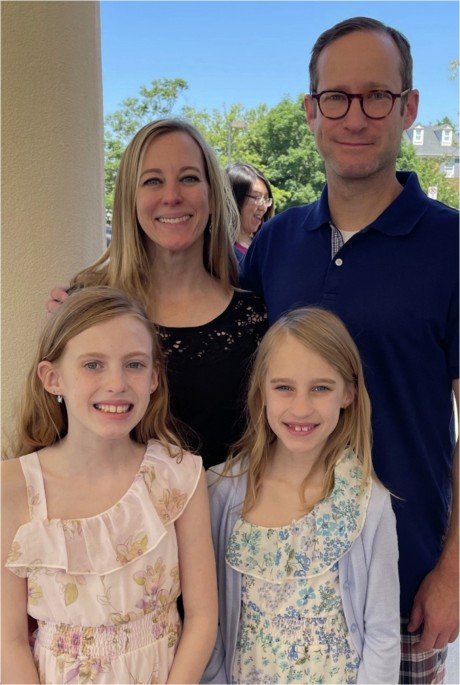The biggest and most difficult issue facing families of children with aplastic anemia is choosing the appropriate front-line treatment. In our experience, the standard guideline followed by hematologists is to strongly advocate immunosuppressive therapy in the absence of a compatible sibling donor. Although this approach is supported by years of research, it may not adequately weigh the latest advances in bone marrow transplantation regimens and posttransplant therapy. When our family was deciding on a treatment plan, there were surprisingly few research articles recommending unrelated donor transplantation as a first-line treatment. Furthermore, the studies we found were conducted on small cohorts within a limited time period. We reached the decision to pre-transplant after consulting with numerous expert researchers, immunologists, and bone marrow transplant experts. Many of their recommendations are based on clinical experience and observation, not published and reviewed medical research. Unfortunately, many families of children with aplastic anemia lack the resources or initiative to seek such medical opinion. Thankfully, there has been a number of recent research efforts dedicated to comparing and studying first-line nonsibling donor treatment options for patients with pediatric aplastic anemia. However, there should be more resources dedicated to large-scale, long-term pediatric clinical trials for first-line treatment of aplastic anemia. Updated data comparing the outcomes of unrelated, unmatched, haploidentical donor transplants and immunosuppressive therapy are needed. In particular, updated insights on the risks of relapse and clonal evolution of immunosuppressive therapy for conditioning and post-transplant complications in different transplant types would be helpful. Such research helps both clinicians and parents make informed decisions about patient care. It is also expected that it will support updating standard of care guidelines for prior treatment to consider additional transplant options.
Second, we believe that research resources in pediatric aplastic anemia should continue to be directed toward increasing the availability, effectiveness, and safety of alternative donor transplant programs. Unfortunately, the underrepresentation of non-white ethnicities remains significant in national transplant registries. This leads to inequitable treatment options and unfavorable outcomes for many pediatric patients with aplastic anemia. One of the most effective ways to close this gap is to continue to focus research on alternative donor options, such as haploidentical donor transplantation and discordant related donor transplantation. We strongly believe that all children should have the option of transplantation and are very grateful for the amount of research that has been done in this area over the past few years. We support the continued advancement of non-traditional transplant therapies with a focus on reducing toxicity, improving outcomes, and increasing access for all.

